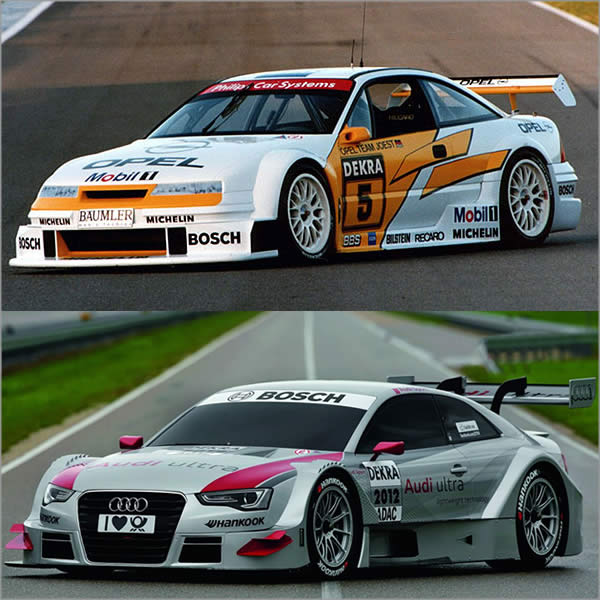Aerodynamics
Most of us are aware that by converting the principle of an aeroplane wing were are able to create downforce which will increase the vertical load on the tyre and bring more grip. We know from the tyre choice section of the guide as well that it is the vertical load versus lateral grip capability of the tyre that is most important. Therefore aerodynamics can be used as a way to tune the chassis to ensure maximum cornering G-force. In Formula one aerodynamics are hugely important and teams have high and low downforce settings depending on the circuit. They have access to wind tunnels and the very latest in CAD techniques.
Back to the Clubman and unless you are driving a single seater , the majority of your work will be focused on reducing lift, rather than generating net downforce. Simple modifications for a saloon car will be a front splitter affixed to a deep airdam to reduce the amount of air going under the car and indeed into the engine bay. If possible maintain the underengine tray or if not fitted engineer one to ensure that what air does get underneath is not slowed round the engine bay.
Passage of air flow through the front section of the car should be channelled to the radiator only. Modern manufacturers do an excellent job of this and a lot of production hardware could be retained or modified when preparing a modern car. Older designs can benefit greatly from some small detail changes in these areas. A typical saloon car may only have an average speed on circuit of 80 miles an hour and some may dispute the benefits of the aerodynamic changes on such vehicles. What can be said though is as speed rises the drag rises exponentially so any little improvement will pay dividends all around the lap even in the slower speed corners.
With initial efforts focused on reducing lift and channelling air flow the car is made faster and has more grip with minimal drag penalty. Drag is the downside of aerodynamics. It is wise to look at the drag coefficient of the car to get an idea of straight line speed. Particularly if you are limited on power through capacity or induction regulations. Here is a list of Cd of many vehicles. Consider the Fiat Turbina of 1953 had a Cd of 0.16.
If regulations allow then it is possible to equip saloon cars with lots of aerodynamic appendages to actually generate meaningful downforce. If you look at the picture below you can see the Opel DTM car and the much later Audi. You can see the complexity of the Audi aero work and in this is the progress over time as well.

Design considerations of increasing aerodynamic loads
In the discussion of Suspension Frequency in Pitch Optimisation it was noted that a car with improved aerodynamics may well need a different suspension frequency in order to maximise lateral grip.
To find actual frequency that gives the fastest lap time is a complex problem to solve as it hinges on tyre load data but also critically on the static and dynamic roll centre location.
If the roll centre is below ground or moves below ground during roll then the tendency will be for the springs to take more of the weight transfer and for the body to lower. Early experiments with aerodynamics may well necessitate a slight lift in ride height and optimisation of roll centres to ensure the springs are not overloaded.
Stiffer springs will more than likely be required once reduction of lift becomes net downforce, at the end of a high speed straight the ride height will be less due to downforce and this must be factored in with braking stability as roll centres affect not just cornering but braking stability as well. It is vitally important that the roll centres remain in their preferred location and don't move too much. Ideally you will have front roll centre close to ground level but that does not pass below ground level. The lightest and/or lowest end should have the lowest roll centre. Working out where your roll centres are should make this achievable.
If there is one area of automotive design that keeps moving forward, it is Aerodynamics. It is often ignored at club level, and because of this, if you spend time and effort on the basics it will pay dividends, and what's more, it will probably cost a lot less than the racing engine you are having built.






